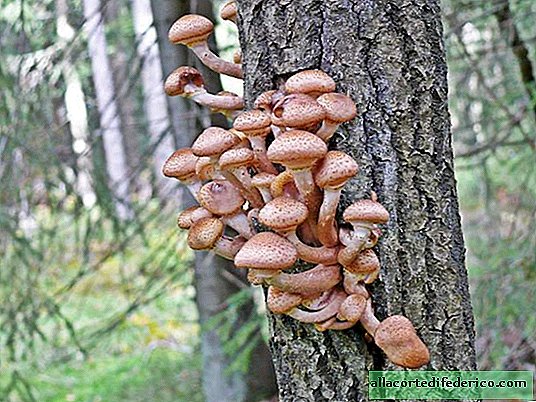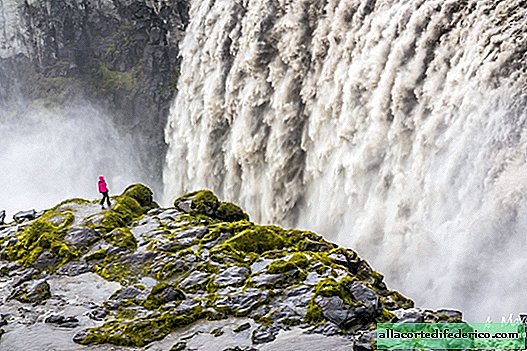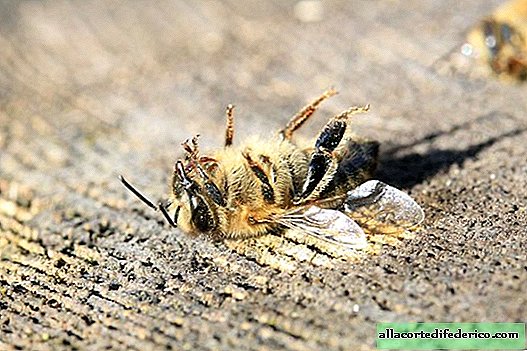What danger fall in autumn mushrooms
A friendly family of honey mushrooms is a joy for any mushroom picker who sets off for the forest in the fall. But few people think that the tree at the foot of which these mushrooms grow is doomed to death. Moreover, it is highly likely that all the trees growing nearby will not last long either. The fact is that autumn honey agaric is the worst forest enemy, due to which hundreds of hectares of ecosystems in various parts of the world die.

Autumn honey agaric (lat. Armillaria mellea) is a parasite fungus with a very extensive food base. For its growth and development, both dead wood (stumps, fallen branches), as well as living trees, as well as shrubs, are suitable. The honey agaric can settle on deciduous or coniferous trees, and, despite all the attempts of the plant to get rid of the parasite fungus by isolating special protective substances, the outcome of this battle will always be in favor of the fungus. In addition to forest trees, garden plants such as apple trees, pears, and grapes can become its victims.
This species of honey agarics is widespread in the humid forests of the northern hemisphere: both in North America and Eurasia. It was here that scientists discovered the largest mycelium Armillaria mellea, the sizes of which reach several hectares. When the spores appear on the tree and the mycelium begins to develop, under its bark and on the roots you can find a characteristic white coating in the form of the finest threads and fluff. Gradually, the mycelium captures the entire space under the bark in the lower part of the tree, and the mushroom releases potent toxins during its growth. Experts note that young and weakened trees can die 2-3 years after fungal spores hit their surface, and it can take up to 10 years for insidious mushrooms to get rid of healthy healthy specimens.

The fungus is highly active in the summer, when the air temperature exceeds 17-20ºС. Experts note the increased vulnerability of forests located near large cities and within them, suffering from excessive recreational pressure. One of the factors provoking the weakening of the plant and its subsequent infection are also extreme weather conditions.

















